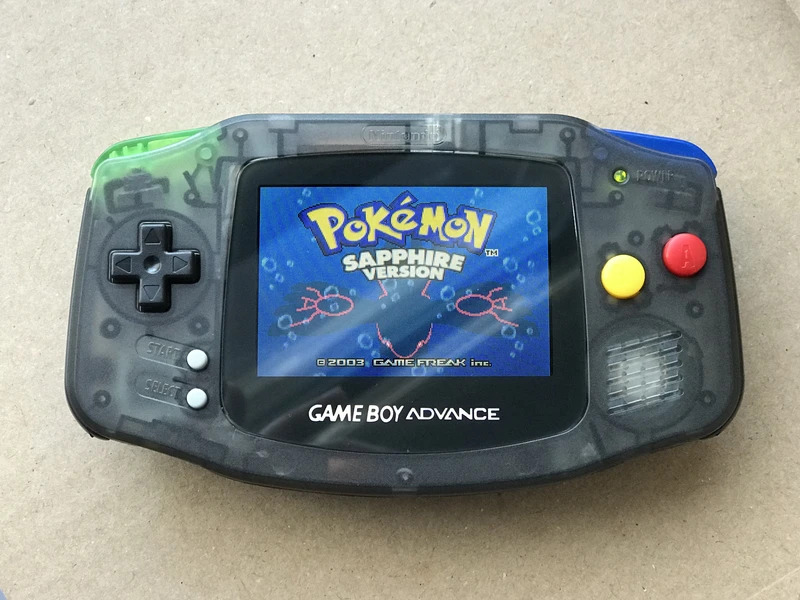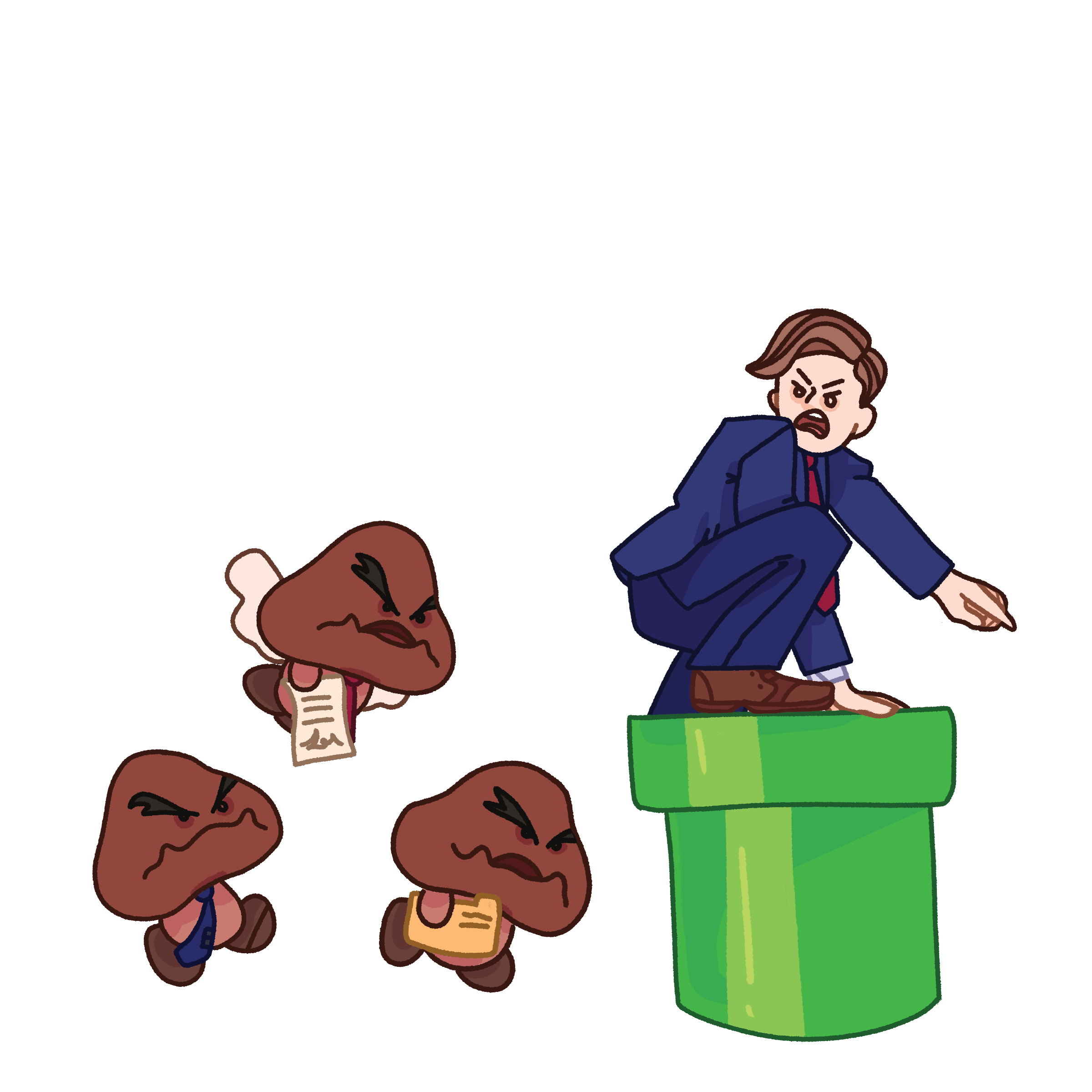When the original Game Boy was in development in the late 1980s, everyone at Nintendo of Japan thought it was a piece of shit. Internally, it was given the disparaging nickname “Dame Boy,” which translates roughly to “hopeless boy.”
Development of the handheld console was spearheaded by Gunpei Yokoi, Nintendo’s hotshot inventor who cut his teeth designing a range of strange-yet-imaginative toys for the company before its pivot to the games market. A signature of Yokoi’s design philosophy was the repurposing of cheap, mundane technology. Tellingly, he was inspired to create the “Game & Watch”—a series of rudimentary LCD handheld games that preceded the Game Boy and were the first Nintendo products to feature the now ubiquitous “D-pad”—while watching a businessman fiddle with a calculator on a bullet train. The Game Boy, too, was fairly rudimentary, even for its time. It lacked a backlight or color display, the sounds it made were uniquely sharp and brittle and the earliest games for the system were, in many ways, inferior versions of games that were already available on home consoles.
Of course, the Game Boy would go on to become Nintendo’s most iconic brand, at least until the introduction of the Nintendo DS in 2004. True to the spirit of Nintendo, these initial, technological weaknesses are strengths in hindsight. The lack of power allowed the Game Boy to be relatively compact, and its battery life was superior to that of the Sega Game Gear or Atari Lynx, two competing, overly precocious handheld systems that boasted full-color displays. Its chirpy synthesizer has been exploited by innumerable chiptune composers and producers within the last 10-plus years, and the Game Boy sound chip is arguably responsible for the most quintessentially “game-y” music in existence. Most of all, the Game Boy’s portability made it the console of choice for Pokémon, a game that never would have become such a huge phenomenon if not for the ability to play it on the go.
Yokoi’s career and life post-Game Boy are marred by immense tragedy. After designing a disastrous, first draft virtual reality console for Nintendo in 1995—the monstrous, bipedal Virtual Boy—Yokoi resigned and formed his own company called Koto, which designed a Japan-only Game Boy competitor called the WonderSwan. In 1997, Yokoi was hit and killed by an automobile on a Japanese freeway while inspecting damage from a fender bender. Yokoi’s legacy lives on through the countless iterations of Game Boys that Nintendo released after his passing. 2001’s Game Boy Advance is the most noteworthy of these, and it turns 20 this month.
There are many things that make the Game Boy Advance special, and you could make a strong case for it being the greatest system Nintendo ever designed. It delivered on the promise made by Yokoi’s original Game Boy, despite his lack of personal involvement. Its technological capacities fell somewhere between the Super Nintendo and the Nintendo 64; this was the first time an inexpensive portable system didn’t just seem like a worse version of something you could play at home.
The Game Boy Advance’s release also coincided with one of the strangest chapters in Nintendo’s history—its GameCube home console was getting decimated in America by Sony’s PlayStation 2 and Microsoft’s Xbox, but it still dominated the handheld market. It was as if Nintendo adopted a “nothing to lose” philosophy, as the company’s games and products from this era were characterized by formula shakeups and bold experimentation.
It seemed like every six months there was some new peripheral for the Game Boy Advance or GameCube—there was a link cable that allowed you to connect the Game Boy Advance to the GameCube, best utilized by The Legend of Zelda: Four Swords Adventures, which required four Game Boy Advances, four of these link cables, three other friends as nerdy as you and several rich parents; there was the official Game Boy Player, a plastic base that attached to the bottom of the GameCube that allowed you to play Game Boy and Game Boy Advance games on the TV; then there was the horrendous e-Reader, an LED card scanner for the Game Boy Advance that could convert collectible cards into mini-games.
The Game Boy Advance spawned several iterations of its own—the original, taco-esque model was supplanted by the Game Boy Advance SP in 2003, which was followed by the Game Boy Micro in 2005. The line of consoles were gradually phased out in favor of the Nintendo DS.
With its latest system, the Nintendo Switch, Nintendo consolidated its home and portable console lines. You can finally play all the same games at home or portably. It’s not a Game Boy in name, but the Switch certainly feels like a successor to the Game Boy Advance in spirit—the fully portable Nintendo Switch Lite even features Yokoi’s instantly recognizable, cross-shaped D-pad. Still, I’m sentimental for the days when there was a hard divide between home and console gaming, and when playing games on the go meant constantly wrestling with glare or having to hold your non-backlit Game Boy at just the right angle in that specific part of the bus. As they say, kids today will never understand the struggle.






